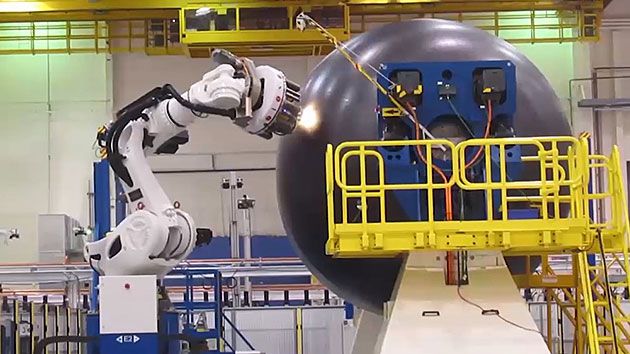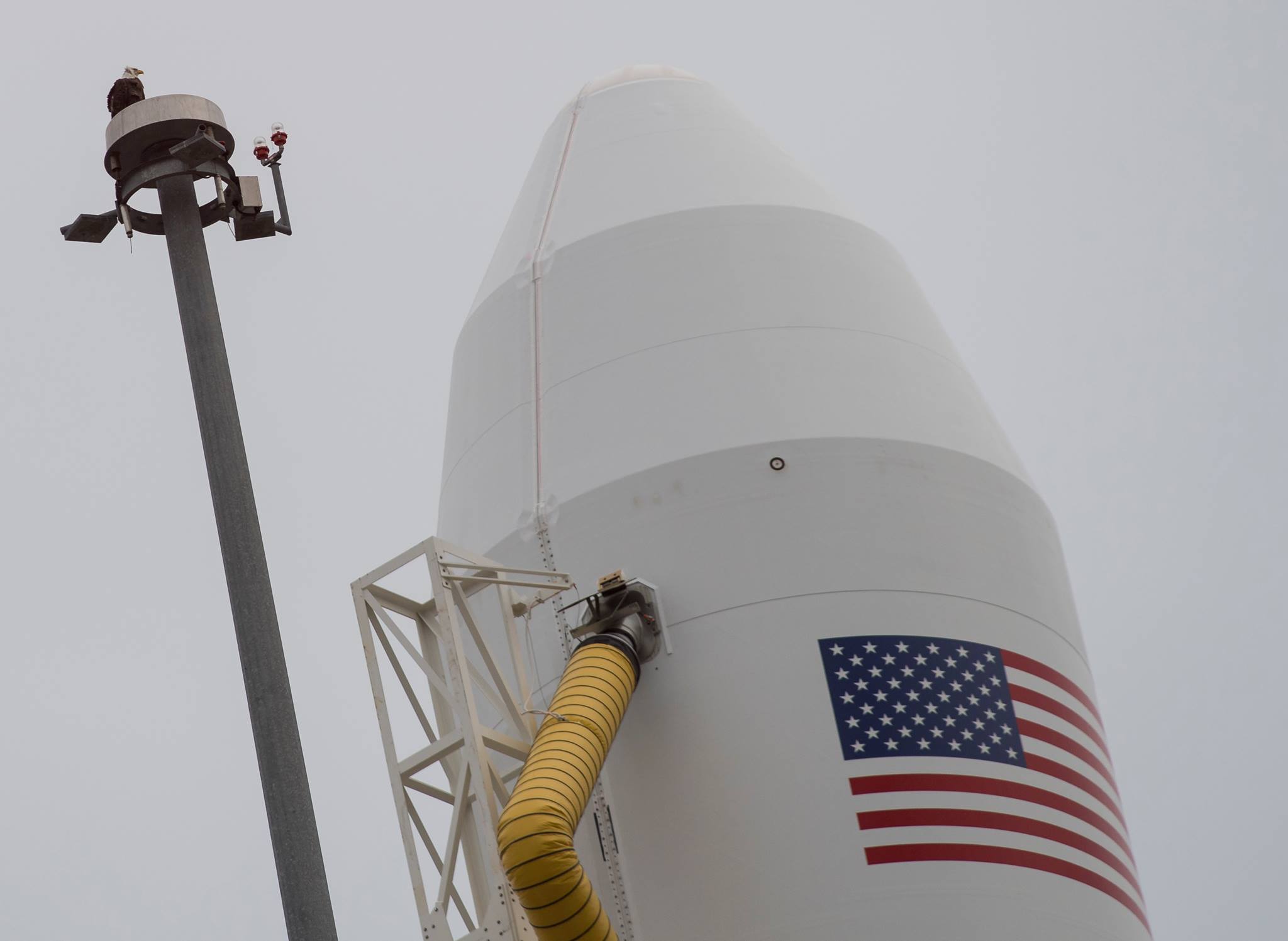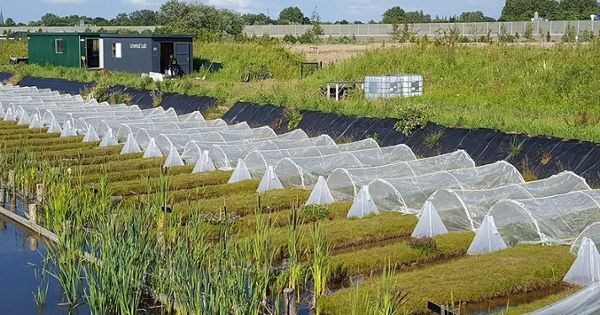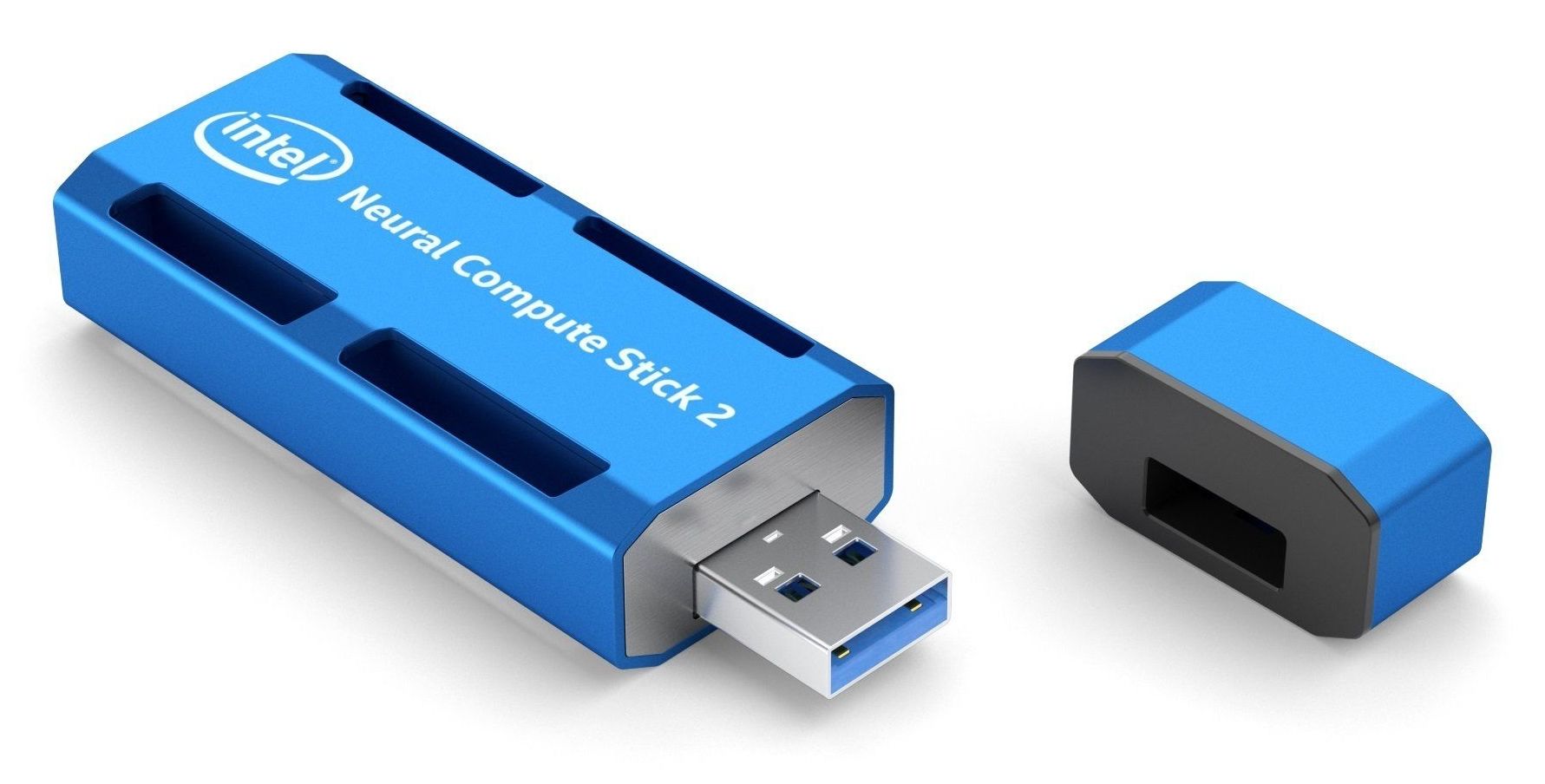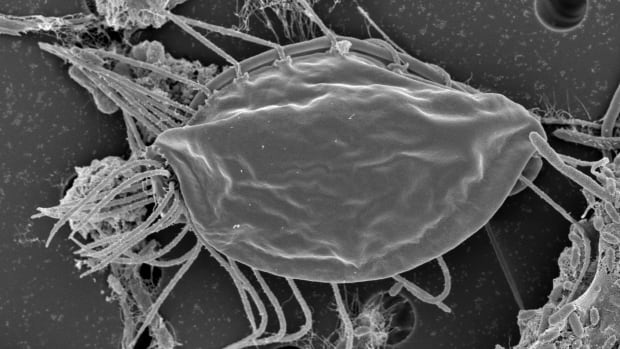Page 8522
Nov 16, 2018
Cars without drivers still need a moral compass. But what kind?
Posted by Shailesh Prasad in categories: ethics, transportation
We must prepare for tough choices as we subcontract ethical decision making to machines, says author David Edmonds.
Due to unfavorable weather conditions, the launch of Northrop Grumman Corporation’s #Antares rocket with #Cygnus cargo spacecraft is now targeted for 4:01 a.m. EST on Saturday, Nov. 17 from NASA’s Wallops Flight Facility. The spacecraft will deliver more than 7,400 pounds of science & research, crew supplies and hardware to the International Space Station. Get the latest updates: https://go.nasa.gov/2qW8lJb
Nov 15, 2018
Smartphones, tablets causing mental health issues in kids as young as two
Posted by Nicholi Avery in categories: health, mobile phones, neuroscience
Open a book kids!
Smartphones and tablets are causing issues for kids as young as two years old.
Nov 15, 2018
Flaws in industry-funded pesticide evaluation
Posted by Xavier Rosseel in categories: food, health, neuroscience
The company-funded animal test was performed to ascertain how neural development is affected by the pesticide chlorpyrifos, which is used on a wide variety of crops around the world, including some 20 EU countries. The test laboratory concluded that there was no such effect, even at high doses.
Academic researchers have examined raw data from a company-funded safety evaluation of the pesticide chlorpyrifos. They discovered an effect on the brain architecture of the exposed laboratory animals at all tested doses, which was not included in the reported conclusions. Karolinska Institutet in Sweden led this independent study, which is published in the scientific journal Environmental Health.
All pesticides must be evaluated in terms of their safety and potential risks for human health before they can officially be approved. Normally the companies that manufacture the products cover the cost of such evaluations and commission test laboratories to perform the necessary animal tests.
Continue reading “Flaws in industry-funded pesticide evaluation” »
Nov 15, 2018
More realistic research needed on substances that enter the environment
Posted by Xavier Rosseel in categories: biotech/medical, food, nanotechnology
Chemical substances and nanomaterials are processed on a massive scale in diverse products, while their risks have not been properly assessed. Time and again synthesised substances have been shown to pollute the environment more than lab tests predicted. This is the warning given by Professor of Ecotoxicology Martina Vijver from Leiden University in her inaugural lecture on 16 November.
Laboratory tests are inadequate, according to Vijver, because they do not imitate a complete ecosystem. In her inaugural lecture she will discuss in greater detail two examples of substances where more realistic research is needed: agricultural toxins and nanoparticles. ‘But the same can be said for many other groups of substances, such as antibiotics, plasticizers and GenX.’
Nov 15, 2018
Google AI better than doctors at detecting breast cancer
Posted by Genevieve Klien in categories: biotech/medical, robotics/AI
Google’s deep learning AI called LYNA able to correctly identify tumorous regions in lymph nodes 99 per cent of the time.
Nov 15, 2018
USB form neural compute stick makes debut at developer event
Posted by Saúl Morales Rodriguéz in category: robotics/AI
Intel has unveiled the Intel Neural Compute Stick 2. It looks like a standard USB thumb drive, and it runs on a USB 3.0 port, but is oh-more-special. CNET said the new AI “brain” sticks into the side of your PC.
Andrew Tarantola in Engadget summed up its significance. “Intel’s NCS2 is essentially a self-contained neural network on a thumbdrive and should make developing those sorts of devices faster and easier by offloading much of the processing power required to train them to its onboard Movidius Myriad X vision processing unit (VPU).”
The debut took place Wednesday, Nov. 14, at the Intel AI Devcon in Beijing.
Nov 15, 2018
Organisms found on hike in the woods are like no other life on Earth News
Posted by Xavier Rosseel in category: genetics
Canadian researchers have discovered a new kind of organism that’s so different from other living things that it doesn’t fit into the plant kingdom, the animal kingdom, or any other kingdom used to classify known organisms.
Two species of the microscopic organisms, called hemimastigotes, were found in dirt collected on a whim during a hike in Nova Scotia by Dalhousie University graduate student Yana Eglit.
A genetic analysis shows they’re more different from other organisms than animals and fungi (which are in different kingdoms) are from each other, representing a completely new part of the tree of life, Eglit and her colleagues report this week in the journal Nature.
Continue reading “Organisms found on hike in the woods are like no other life on Earth News” »
Nov 15, 2018
FCC tells SpaceX it can deploy up to 11,943 broadband satellites
Posted by Genevieve Klien in category: satellites
SpaceX today received US approval to deploy 7,518 broadband satellites, in addition to the 4,425 satellites that were approved eight months ago.
The Federal Communications Commission voted to let SpaceX launch 4,425 low-Earth orbit satellites in March of this year. SpaceX separately sought approval for 7,518 satellites operating even closer to the ground, saying that these will boost capacity and reduce latency in heavily populated areas. That amounts to 11,943 satellites in total for SpaceX’s Starlink broadband service.
SpaceX “proposes to add a very-low Earth orbit (VLEO) NGSO [non-geostationary satellite orbit] constellation, consisting of 7,518 satellites operating at altitudes from 335km to 346km,” the FCC said in the draft of the order that it approved unanimously today. The newly approved satellites would use frequencies between 37.5 and 42GHz for space-to-Earth transmissions and frequencies between 47.2 and 51.4GHz for Earth-to-space transmissions, the FCC said.
Continue reading “FCC tells SpaceX it can deploy up to 11,943 broadband satellites” »
